Osprey with fish. I use a Canon 1D Mark IV camera for most flight photos.
Pileated Woodpecker
Roseate Spoonbill
Bald Eagle, larger birds are easier to photograph in flight.
Groups of birds, such as these Black Skimmers, are fun to photograph in flight. When photographing them, increase your depth of field.
Great Shearwater, a pelagic species you need to go out on a boat to see. It's challenging taking flight photos from a moving, rocking boat, so it helps to brace yourself against the boat.
Tree Swallow in flight over our fields. Swallows, with their erratic flight, are a challenge to photograph.
Cedar Waxwing. Pick up a bird when it is quite distant and track it with your camera's autofocus and start shooting as it gets a little closer. If you wait until it's upon you, you will never get the photo.
Peregrine Falcon taken with a Canon SX 40 HS point and shoot. I anticipated it leaving the branch.
My favorite type of bird photography is photographing birds in flight. Above are a few of my photos and here are some tips.
How do photographers get such photos? Here's what you need:
- High speed digital SLR cameras like the Canon 7D, or 1D Mark IV (which I have). The faster, and the more continuous frames per second your camera will shoot, the better. Get a camera the shoots at least 5 frames per second, preferably more. Know your camera dials and settings very well. For most flight photos you need to have at least 1/500th of a second shutter speed, preferably 1/1000th or more. Set the ISO high enough to attain this shutter speed.
Set the camera on continuous shooting mode. Most people use auto focus for birds in flight. Set the camera focus mode to AI Servo AF (or the equivalent for other makes of camera). This allows you to focus and lock on the bird as it moves, by depressing the shutter half-way. Put the camera dial on AV (aperture priority) to give enough depth of field to have the whole birds in focus. Most people use an aperture of f/8 in good light, but may go to an aperature of f/5.6 in duller light. To take the photo, depress the shutter all the way.
- A good telephoto lens that is at least 300mm long, or preferably 400mm or more (some add a 1.4 teleconverter to a 300 mm lens.) Some photographers use longer lenses, such as the Canon 500mm or 600mm IS lenses for flight photos. If you have those, you need a good tripod with a smooth moving head, such as those made by Whimberly, Bogen or Kirk Enterprises. A few strong photographers can actually hand hold the 500mm lens. If you are using a tripod you lack some mobility, so it helps to shoot at a good location, such as that at Ding Darling NWR or other national wildlife refuges, where a lot of birds fly in, in a predictible flight route. Set the lens AF/MF switch to AF (auto focus.) Some recommend setting the minimum focusing distance of the lens to its furthest setting.
- Good situations for photographing birds in flight, such as open areas of water or open sky where you see birds coming from a distance and can get on them early with your auto focus, plus you will have a clear blue background. Keep the sun at your back. Try to shoot with the birds moving along a predictable flight path that is perpendicular to the front of your lens.
- Good eye-hand coordination and fast reflexes. Find the bird by spotting the bird when it is at a distance, and I mean very distant. Do not wait until the bird is close, because by then it will be moving too fast for your to get on it. After you spot it, raise your camera to your eye and lock the auto focus on the bird. In general most photographers set the camera's auto focus selection point (AF point) on the center point because it is the most sensitive of the points and allows you to keep focused on the bird. Also your camera will be less likely to lock onto the background as you try and stay on the moving bird.
- A willingness to practice lots and take lots and lots of photos, only some of which will turn out. (At least with digital you are not paying for film.)
- A strong motivation and desire to take flight photos.
- The expertise and programs to process your digital photo to make it look its best. Most photographers use programs like Adobe Photoshop.
- Good situations for photographing birds in flight, such as open areas of water or open sky where you see birds coming from a distance and can get on them early with your auto focus, plus you will have a clear blue background. Keep the sun at your back. Try to shoot with the birds moving along a predictable flight path that is perpendicular to the front of your lens.
- Good eye-hand coordination and fast reflexes. Find the bird by spotting the bird when it is at a distance, and I mean very distant. Do not wait until the bird is close, because by then it will be moving too fast for your to get on it. After you spot it, raise your camera to your eye and lock the auto focus on the bird. In general most photographers set the camera's auto focus selection point (AF point) on the center point because it is the most sensitive of the points and allows you to keep focused on the bird. Also your camera will be less likely to lock onto the background as you try and stay on the moving bird.
- A willingness to practice lots and take lots and lots of photos, only some of which will turn out. (At least with digital you are not paying for film.)
- A strong motivation and desire to take flight photos.
- The expertise and programs to process your digital photo to make it look its best. Most photographers use programs like Adobe Photoshop.
Some people are now using superzoom point-and-shoot cameras, like the Canon SX 40 HS (which I own), to take bird photos. These cameras do well for birds that are relatively close, in good light and not moving fast. These cameras are harder to use on birds in flight for many reasons, such as they're slower to find and track birds. You can still get decent photos of birds in flight in some situations, such as photographing larger, slower moving birds in good light. So do try flight photos with these cameras.
Other photographers may have other tips or slightly different methods for flight photography, these are just the tips I generally use.
My advice is even if you don't have all or some of the above equipment, try flight photography anyway. You might find it addictive like I do.
Most importantly, have fun!!!
Most importantly, have fun!!!
Lillian Stokes

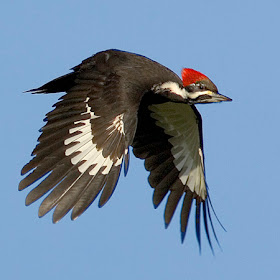
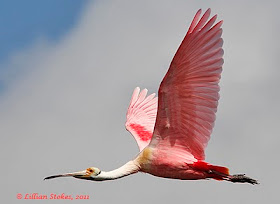
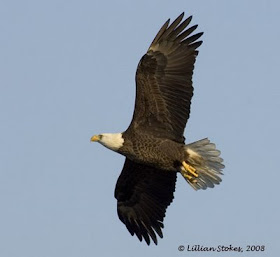
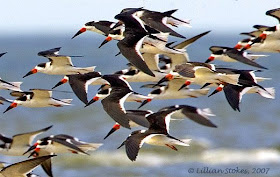





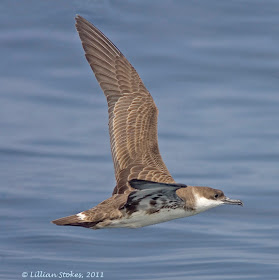
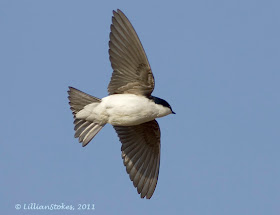
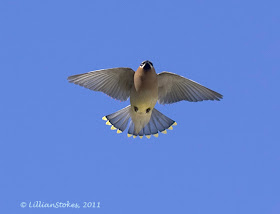


5 comments:
Thanks for the heads-up on that camera! I'm playing with a used Canon S90 that I got off ebay, right now, and learning; but want something to reach out to capture birds, deer, bear, and whales!
All pictures have captured perfectly. I love birds and want to make an album of these cute birds. I will capture all pictures by my hand. Hope these all will be looking awesome like this album.
It’s all very well taking technically perfect pictures of birds.Its a real challenge to take great pictures of birds.Trying to photograph birds in flight can be frustrating. It may seem like complete randomness at first, but there are actually a few techniques that will significantly increase your chances of getting a sharp photo.
========================
Photographers in NJ
very nice shots...
Congratulations ...
serkan.
very nice shots...
Congratulations ...
serkan.
Post a Comment
Note: Only a member of this blog may post a comment.